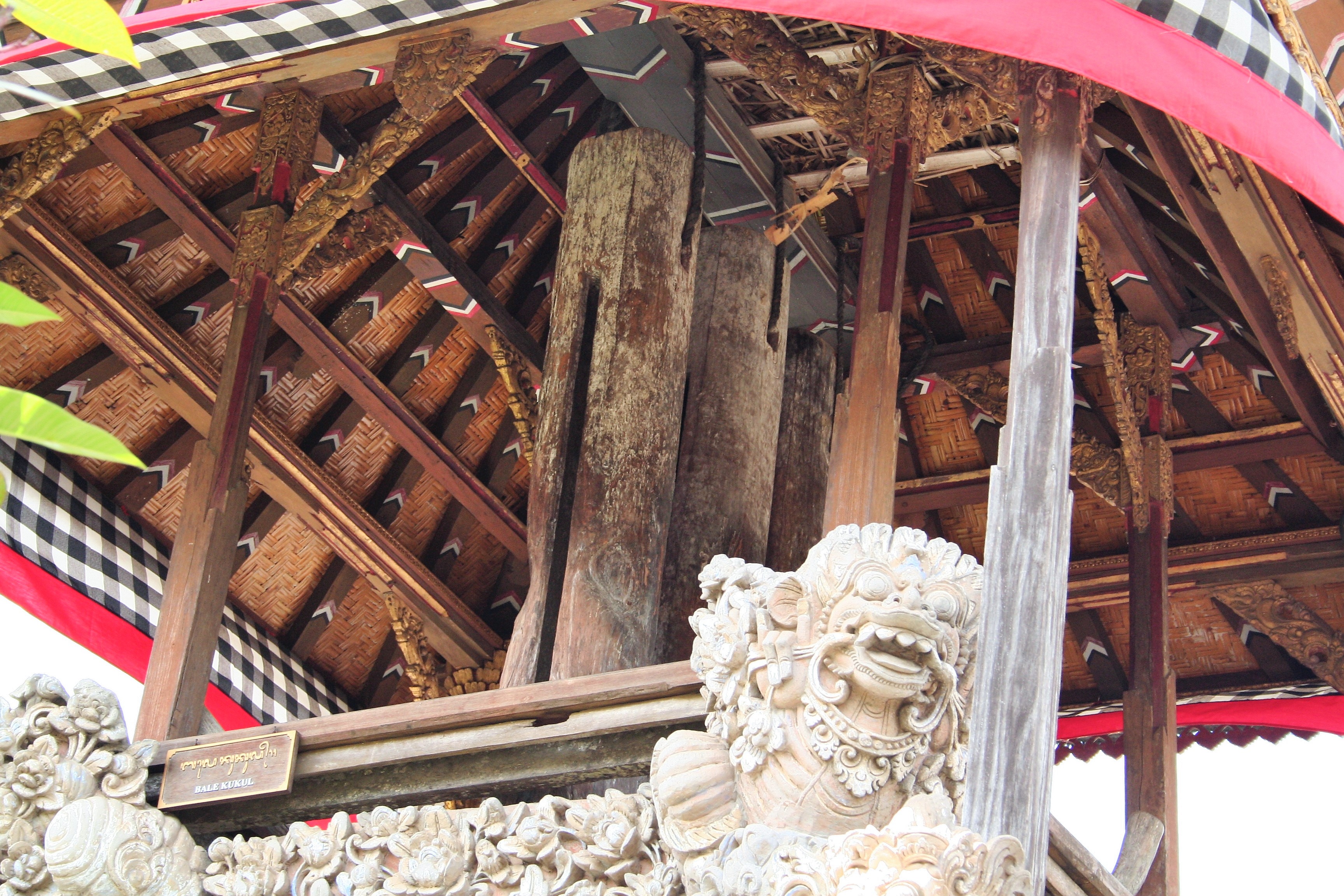Before the vast era of electronic message, even way before the usage of letters and mails, Bali already had a unique communication system deeply rooted in its traditional communities. At the heart of this system is the 'kulkul,' an ancient tool that serves as a powerful symbol of Balinese culture. This article delves into the significance of kulkul, its diverse functions, and its role in maintaining social harmony in ancient Balinese society.
Understanding 'Kulkul' and Its Significance in Ancient Bali's Communication System

What Is Kulkul?
Kulkul is a traditional Balinese signaling instrument, often made of bamboo or wood, that resembles a cylindrical drum or a bell with a slit-like hole on it. It is typically suspended from a structure, such as a temple or a community building like ‘bale’ pavilion, and is used to convey various messages to the local community. The kulkul holds a central place in Balinese society, serving both practical and spiritual purposes.
The Functions of Kulkul
Kulkul serves as a versatile communication tool with multiple functions, each with its own specific meaning and purpose. Here are some of the primary functions of the kulkul:
Informational
The kulkul is used to disseminate information across the community. This could include announcements about upcoming religious ceremonies, community meetings, or significant events. The distinct sound of the kulkul carries over long distances, ensuring that everyone in the area is informed.
Directive
In Balinese society, the kulkul is used to direct community members to take specific actions. For example, it might signal the need for mutual cooperation (ngayah), alerting residents to gather for communal work or activities. It can also indicate the start of a religious ceremony (odalan), guiding the community to the temple.

Aesthetic
Beyond its practical uses, the kulkul is also appreciated for its aesthetic qualities. The rhythmic patterns created by the kulkul add a musical dimension to Balinese rituals and ceremonies, enhancing the spiritual atmosphere.
Phatic
The phatic function of the kulkul involves maintaining social connections within the community. It helps to create a sense of belonging and unity, reinforcing social bonds among Balinese people.
Kulkul's Significance in Balinese Culture
Kulkul plays a significant role in Balinese culture, serving as a linguistic phenomenon that communicates unique messages through sound. Its various uses have become integral to Balinese society, symbolizing local wisdom and tradition. Here are some of the key contexts in which the kulkul is employed:
Odalan (Temple Ceremony)
Kulkul is used to announce the start of odalan, a religious ceremony held at the temple. This sacred function underscores the kulkul's role as a spiritual signifier, inviting the community to gather for worship and devotion.
Kepancabhayan (Emergency or Crisis)
When struck rapidly and with intensity, the kulkul alerts the community to an emergency or crisis (kepancabhayan). This could be a fire, a natural disaster, or any situation requiring immediate attention.
Baya Pati (Anger or Conflict)
In cases of conflict or anger, the kulkul can signal the need for resolution. The rhythmic patterns in this context may be more aggressive, indicating a sense of urgency to address a brewing conflict within the community.
Sangkepan/Peparuman (Meeting)
The kulkul is used to call community meetings (sangkepan or peparuman), signaling that important discussions or decisions are about to take place. This directive function is key to maintaining community organization and cooperation.
Kelayusekaran (Death of a Resident)
In the event of a death in the community, the kulkul is struck to inform residents of the passing (kelayusekaran). This solemn function underscores the kulkul's role in marking significant life events and transitions.

Kulkul is more than just a communication tool; it is a symbol of Balinese culture, tradition, and spiritual connection. Its varied functions, from informational to directive, and its role in both practical and sacred contexts, highlight the kulkul's importance in maintaining the social fabric of ancient Bali.




 Billy Bagus
Billy Bagus
 Aug 23, 2024
Aug 23, 2024






